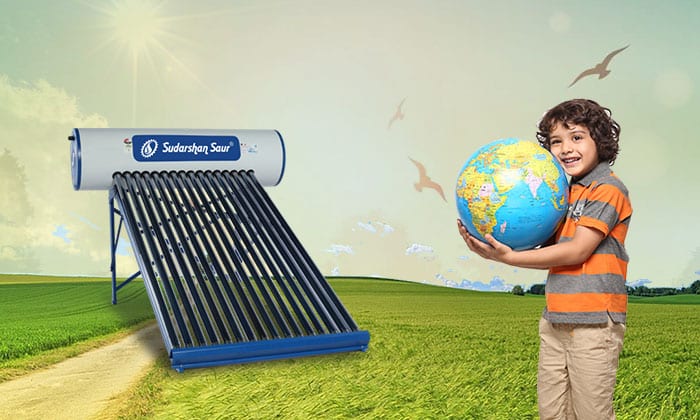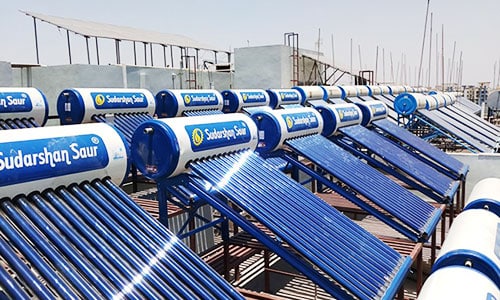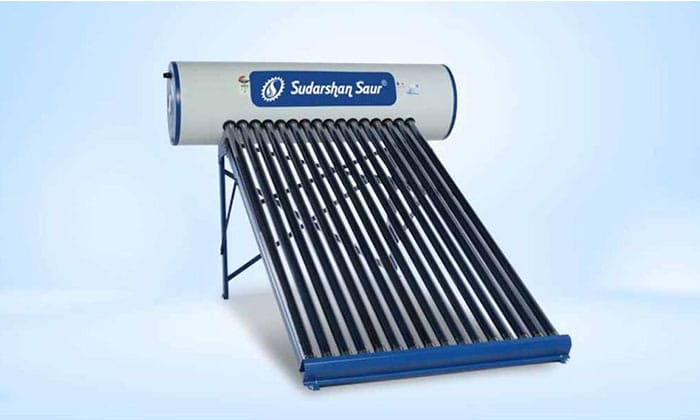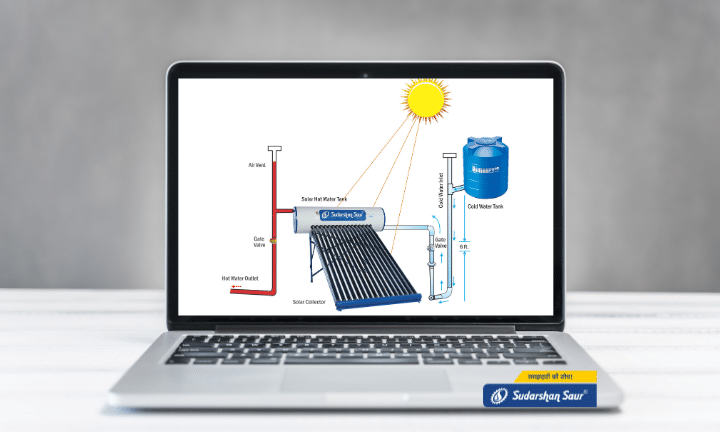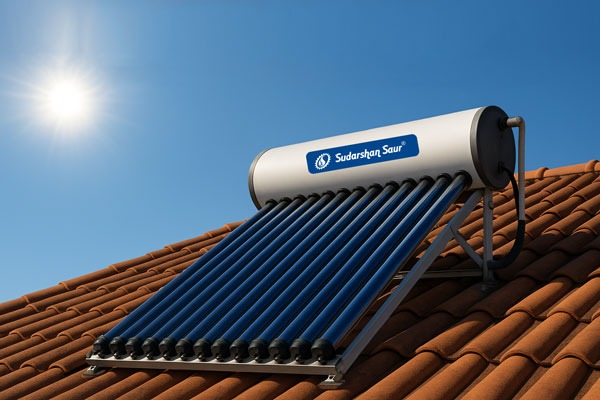
How Solar Water Heaters Work! The Science Behind Hot Water from the Sun
Date :- 26 May 2025
In a world shifting towards clean energy, solar water heaters have become a go-to solution for eco-conscious homeowners. But how exactly do these systems harness the sun’s energy to heat your water? Let’s explore the fascinating science behind solar water heaters and how they work.
What Is a Solar Water Heater?
A solar water heater is a device that uses sunlight to heat water for domestic use. Unlike traditional water heaters that depend on electricity or gas, solar heaters use solar energy a free and renewable resource. These systems are most effective in sunny regions but can still work efficiently in colder climates with the right setup.
Components of a Solar Water Heating System
- Solar Collectors: These are usually mounted on the roof and are responsible for capturing sunlight. The two main types are:
- Flat Plate Collectors: Resemble a dark glass panel.
- Evacuated Tube Collectors: Consist of multiple glass tubes, offering better efficiency in colder climates.
- Storage Tank: This insulated tank stores the hot water for later use. Some systems combine the tank and collector in a single unit.
- Storage Tank: This insulated tank stores the hot water for later use. Some systems combine the tank and collector in a single unit.
- Pump and Controller (in active systems): Helps circulate the heat transfer fluid or water through the system based on the temperature.
- Backup Heater: For cloudy days or high-demand times, electric or gas backup heaters ensure uninterrupted hot water.
How Does It Work? The Step-by-Step Process
- Sunlight Hits the Collectors The solar collectors absorb solar radiation and convert it into heat energy.
- Heat Transfer Begins
- In direct systems, water flows through the collectors and gets heated.
- In indirect systems, the heat transfer fluid circulates through the collectors and transfers the heat to the water via a heat exchanger.
- Storage for Later Use The heated water (or heat) is stored in an insulated tank, keeping it warm until needed.
- Usage Hot water is distributed through your home plumbing system as needed, just like any traditional water heater.
- Backup System Activates (If Required) If sunlight is insufficient, the backup system ensures that hot water is always available.
Types of Solar Water Heating Systems
- Active Systems: Use pumps and controls to move water or heat transfer fluid.
- Passive Systems: Rely on gravity and natural convection, making them more reliable and maintenance free.
Advantages of Using Solar Water Heaters
- Lower Energy Bills: Reduces electricity or gas usage.
- Eco-Friendly: No greenhouse gas emissions.
- Low Maintenance: Especially passive systems.
- Long Lifespan: Durable systems with up to 20-25 years of life.
Final Thoughts
Understanding how solar water heaters work shows just how powerful and practical renewable energy can be. They are a smart investment for those who want to cut down on utility bills and reduce their carbon footprint. By tapping into the limitless power of the sun, solar water heaters deliver hot water in an efficient, cost-effective, and eco-friendly way.
So the next time you enjoy a warm shower, just imagine it might be powered by the sun itself!


